Home>Gardening & Outdoor>Outdoor Structures>What Is The Biggest Shed Without Planning Permission
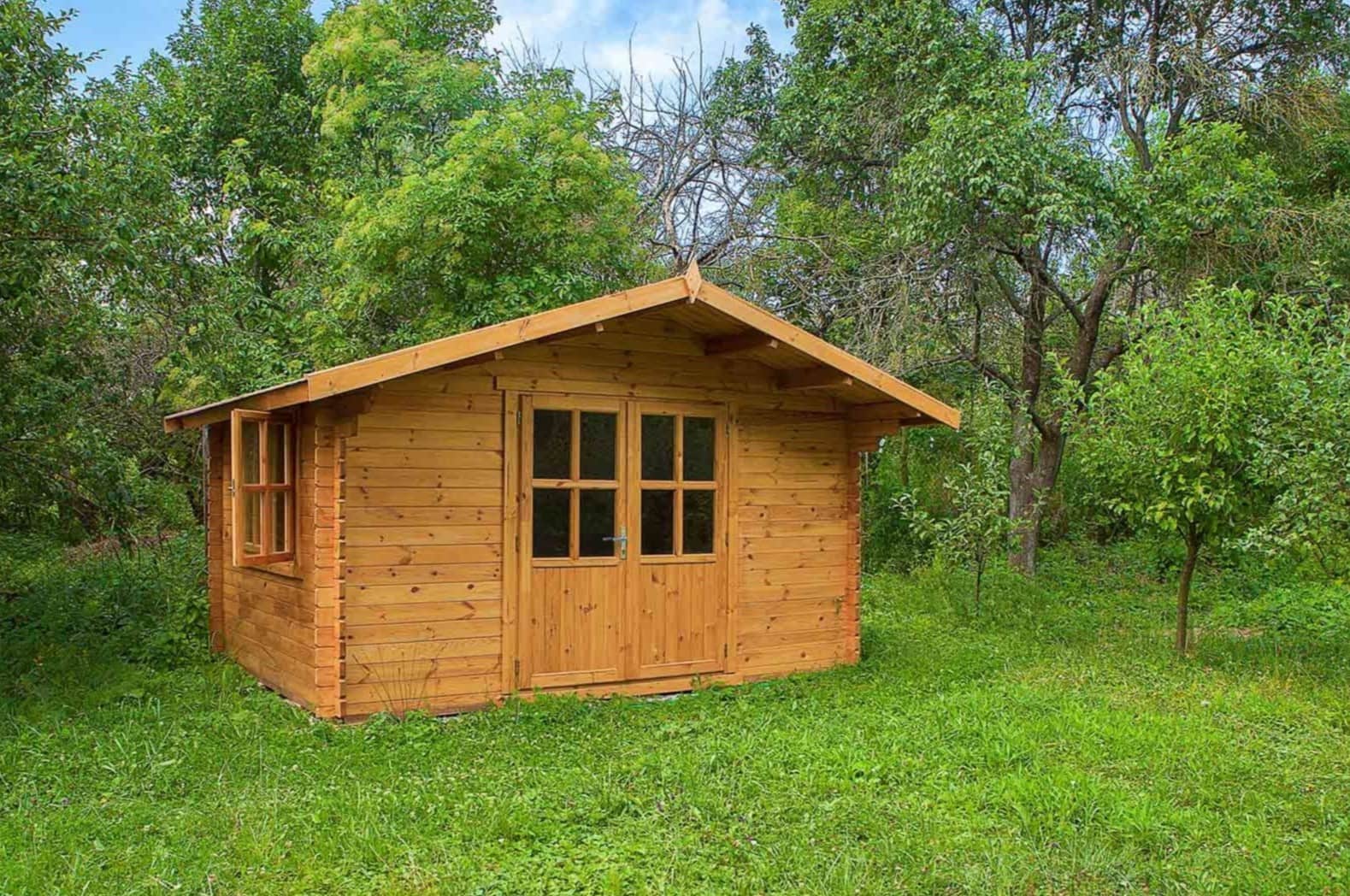

Outdoor Structures
What Is The Biggest Shed Without Planning Permission
Modified: August 28, 2024
Learn about the regulations for outdoor structures and find out how to build the biggest shed without needing planning permission. Explore your options today!
(Many of the links in this article redirect to a specific reviewed product. Your purchase of these products through affiliate links helps to generate commission for Storables.com, at no extra cost. Learn more)
Introduction
So, you"ve decided it"s time to expand your outdoor storage space and invest in a substantial shed. Whether you need it for storing tools, equipment, or creating a workshop, a large shed can be the perfect solution. However, before diving into the project, it"s crucial to understand the regulations surrounding the construction of large sheds. Specifically, you might be wondering, "What is the biggest shed I can build without planning permission?" This question is at the forefront of many homeowners" minds as they seek to make the most of their properties.
In this comprehensive guide, we will delve into the world of permitted development rights and shed construction regulations to shed light on the permissible size of sheds without the need for planning permission. By understanding the ins and outs of permitted development rights, you can confidently embark on your shed project, knowing you are within the legal boundaries.
So, let"s embark on this enlightening journey to unravel the mysteries of shed construction regulations and discover the biggest shed you can build without the hassle of obtaining planning permission.
Key Takeaways:
- You can build a single-story shed in England without planning permission if it has a maximum eaves height of 2.5 meters and an overall height of 4 meters with a dual-pitched roof, or 3 meters for any other roof type.
- Understanding shed construction regulations empowers homeowners to expand their outdoor storage and workspace options within defined parameters, fostering a harmonious balance between expansion and compliance.
Understanding Permitted Development Rights
Before delving into the specifics of shed sizes, it is essential to grasp the concept of permitted development rights. These rights grant homeowners the freedom to make certain types of improvements to their properties without seeking planning permission. Permitted development rights are subject to certain limitations and conditions, ensuring that any changes made do not significantly impact the surrounding environment or neighboring properties.
When it comes to outbuildings such as sheds, permitted development rights outline the permissible size, location, and usage without the need for planning permission. These rights provide a degree of flexibility for homeowners, allowing them to enhance their properties within set parameters.
It is important to note that permitted development rights vary based on the property’s classification, such as whether it is a house, flat, or maisonette, as well as its location. Properties in conservation areas, national parks, and other designated areas may have additional restrictions, so it is advisable to consult with the local planning authority to ensure compliance.
Understanding the nuances of permitted development rights empowers homeowners to make informed decisions regarding their shed projects. By adhering to these regulations, you can streamline the construction process and enjoy your new outdoor structure without the burdensome task of obtaining planning permission.
The Biggest Shed Without Planning Permission
When it comes to constructing a shed without the need for planning permission, there are specific guidelines that dictate the permissible size and placement of the structure. In England, for a property classified as a house, the general rule is that outbuildings, which include sheds, are considered permitted development, subject to certain limitations.
According to the current regulations, homeowners can construct a single-story shed with a maximum eaves height of 2.5 meters and a maximum overall height of 4 meters with a dual-pitched roof, or 3 meters for any other roof type, without the requirement for planning permission. Additionally, the shed should not cover more than 50% of the total land around the original house. It is important to note that these measurements are specific to England and may differ in other regions of the UK, so consulting with the local planning authority is advisable.
Furthermore, if the proposed shed falls within the specified size limitations and meets the other criteria outlined in the permitted development rights, it can be erected without the need for planning permission. This streamlined process allows homeowners to expand their outdoor storage capacity and enhance their properties with minimal bureaucratic hurdles.
By understanding the regulations governing the construction of sheds without planning permission, homeowners can confidently plan and execute their shed projects, knowing they are within the legal boundaries. This knowledge empowers individuals to make the most of their outdoor spaces while complying with the established guidelines.
Case Studies
Let’s explore a couple of real-life scenarios that highlight the practical application of the regulations surrounding the construction of sheds without planning permission.
Case Study 1: The Gardening Enthusiast’s Haven
Emily, a passionate gardener, sought to create a dedicated space for storing her gardening tools and nurturing her greenery. With the desire to build a sizable shed that could accommodate her equipment and provide a sheltered area for potting and planting, Emily was keen to understand the regulations governing shed construction without planning permission.
After conducting thorough research and consulting with local authorities, Emily discovered that she could erect a substantial shed with a maximum eaves height of 2.5 meters without the need for planning permission. This knowledge empowered her to proceed with her shed project confidently, and she now enjoys a spacious and functional outbuilding that complements her gardening endeavors.
Read more: How To Draw A Shed Plan
Case Study 2: The DIY Workshop Dream
James, a dedicated DIY enthusiast, envisioned a workshop where he could pursue his woodworking and crafting hobbies. His dream involved constructing a sizable shed to house his tools and serve as a creative sanctuary. By familiarizing himself with the regulations pertaining to outbuildings, James learned that he could build a single-story shed with a maximum overall height of 4 meters and a dual-pitched roof without the hassle of obtaining planning permission.
Armed with this knowledge, James embarked on his shed construction project, and today, he revels in his custom-built workshop, where he brings his creative visions to life without the constraints of planning permission.
These case studies exemplify how individuals can leverage their understanding of shed construction regulations to realize their outdoor storage and workspace aspirations within the bounds of permitted development rights.
In most areas, the biggest shed you can build without planning permission is typically around 120 square feet. However, it’s important to check with your local zoning regulations to ensure compliance.
Conclusion
In conclusion, the regulations surrounding the construction of sheds without planning permission provide homeowners with the opportunity to expand their outdoor storage and workspace options within defined parameters. By understanding the concept of permitted development rights and the specific guidelines related to shed construction, individuals can embark on their projects with clarity and confidence.
The knowledge that homeowners can construct a single-story shed with specific height limitations and coverage percentage without the need for planning permission empowers them to make informed decisions about their outdoor structures. This streamlined process enables individuals to enhance their properties while adhering to the established regulations, fostering a harmonious balance between expansion and compliance.
Through the case studies, we witnessed how individuals with diverse needs and aspirations leveraged their understanding of shed construction regulations to bring their visions to life. From creating a haven for gardening enthusiasts to realizing the dream of a DIY workshop, these real-life examples underscore the practical application of the regulations and the freedom they afford to homeowners.
Ultimately, the biggest shed that can be built without planning permission is not only a matter of physical dimensions but also a testament to the knowledge and understanding that empower homeowners to make the most of their outdoor spaces while respecting the regulatory framework. By embracing these regulations as a guide, homeowners can embark on their shed projects with enthusiasm, knowing they are within the legal boundaries and poised to enhance their properties with functional and aesthetically pleasing outbuildings.
So, as you contemplate your own shed project, armed with the knowledge of the regulations governing shed construction without planning permission, may you embark on your endeavor with confidence, creativity, and a clear understanding of the permissible boundaries.
Frequently Asked Questions about What Is The Biggest Shed Without Planning Permission
Was this page helpful?
At Storables.com, we guarantee accurate and reliable information. Our content, validated by Expert Board Contributors, is crafted following stringent Editorial Policies. We're committed to providing you with well-researched, expert-backed insights for all your informational needs.

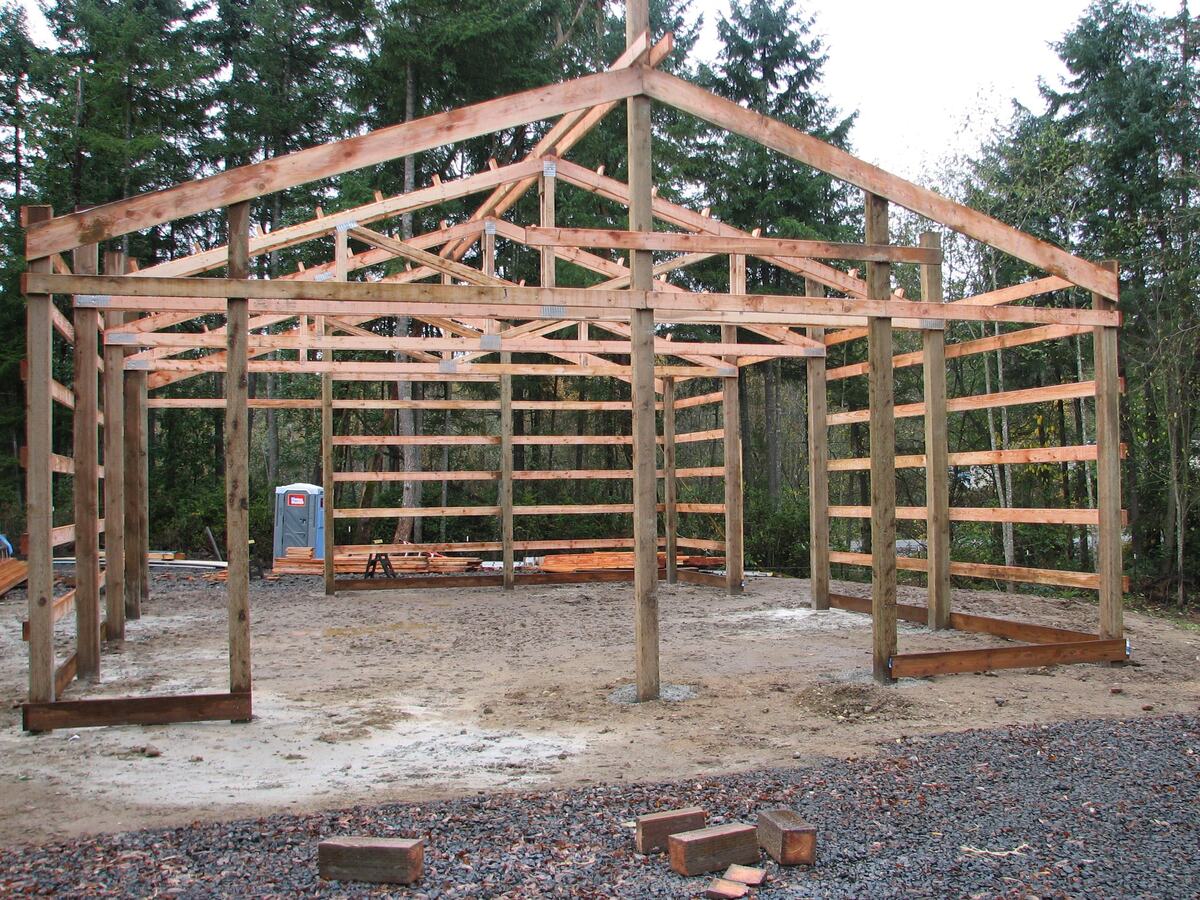





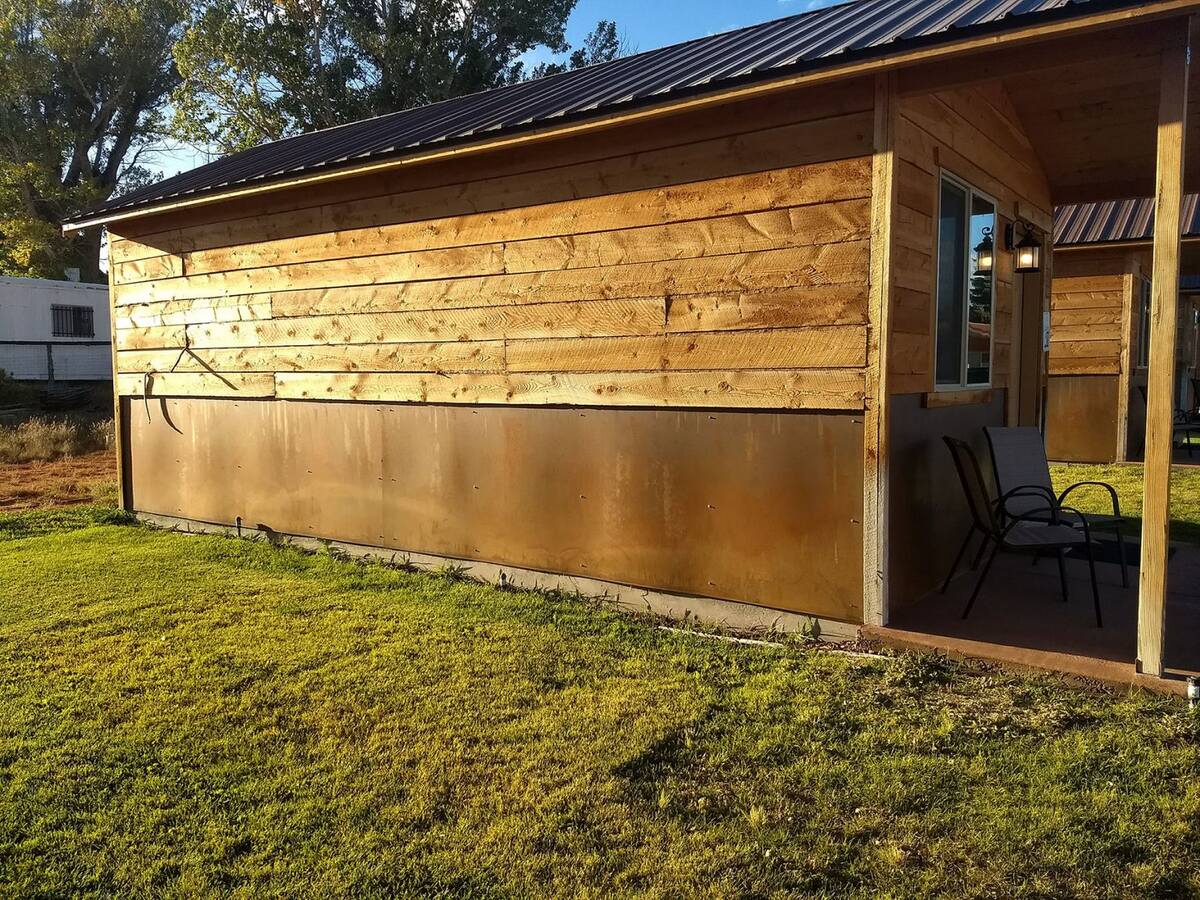

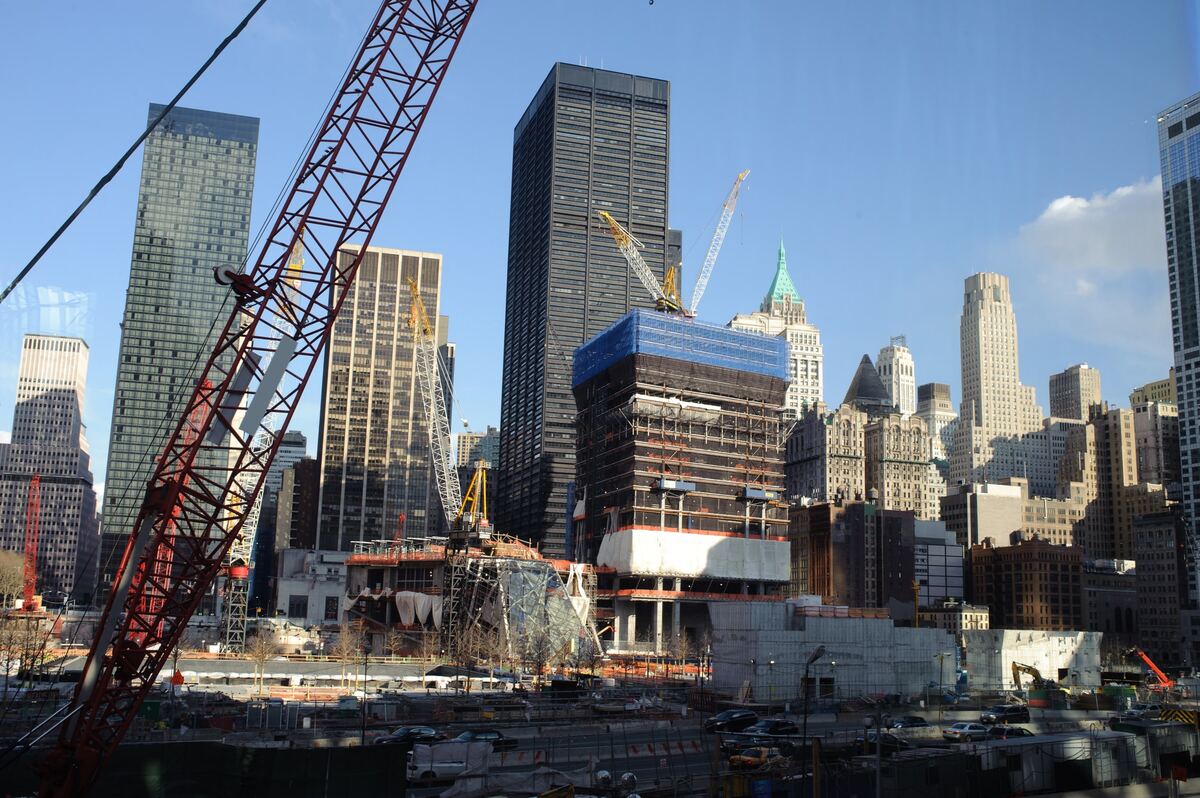


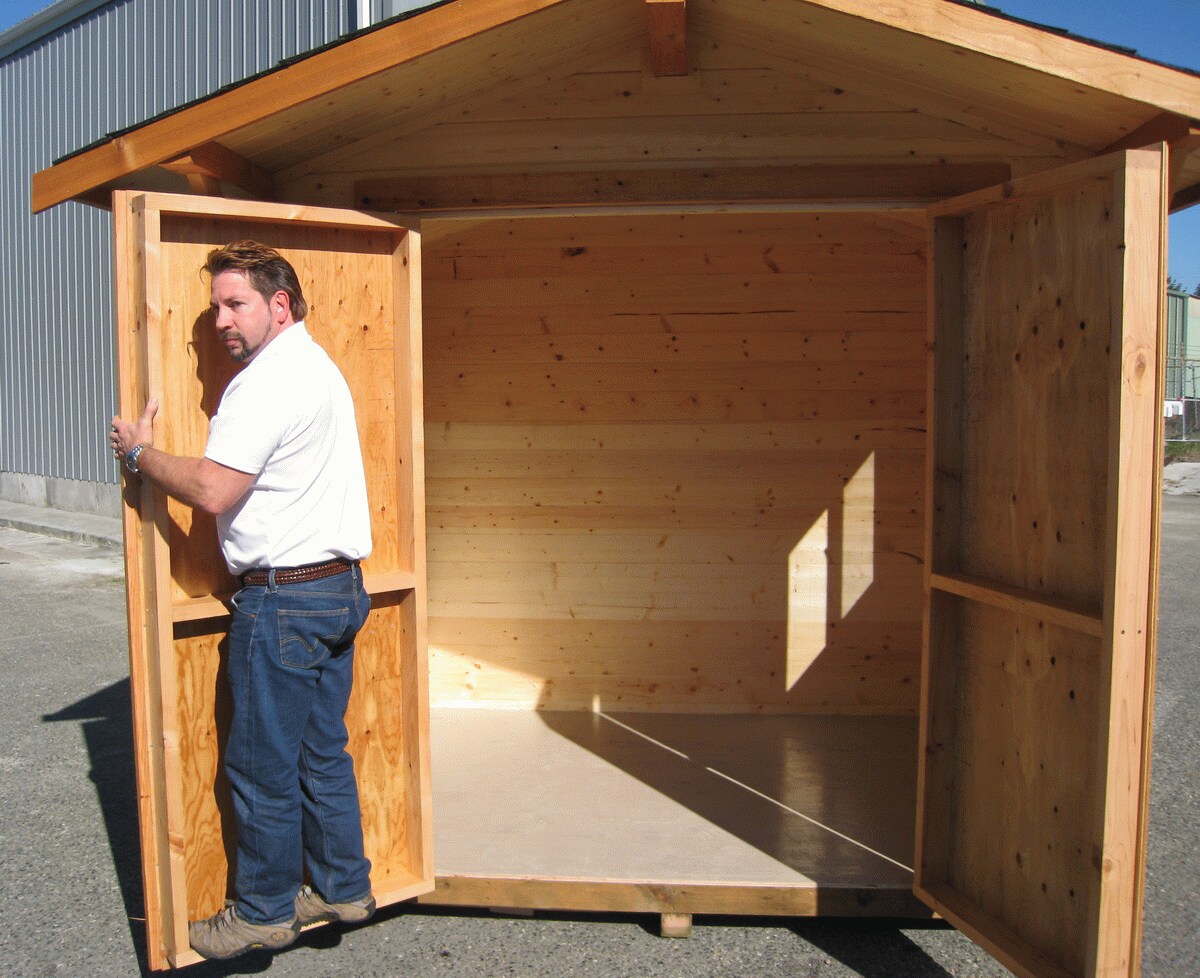


0 thoughts on “What Is The Biggest Shed Without Planning Permission”